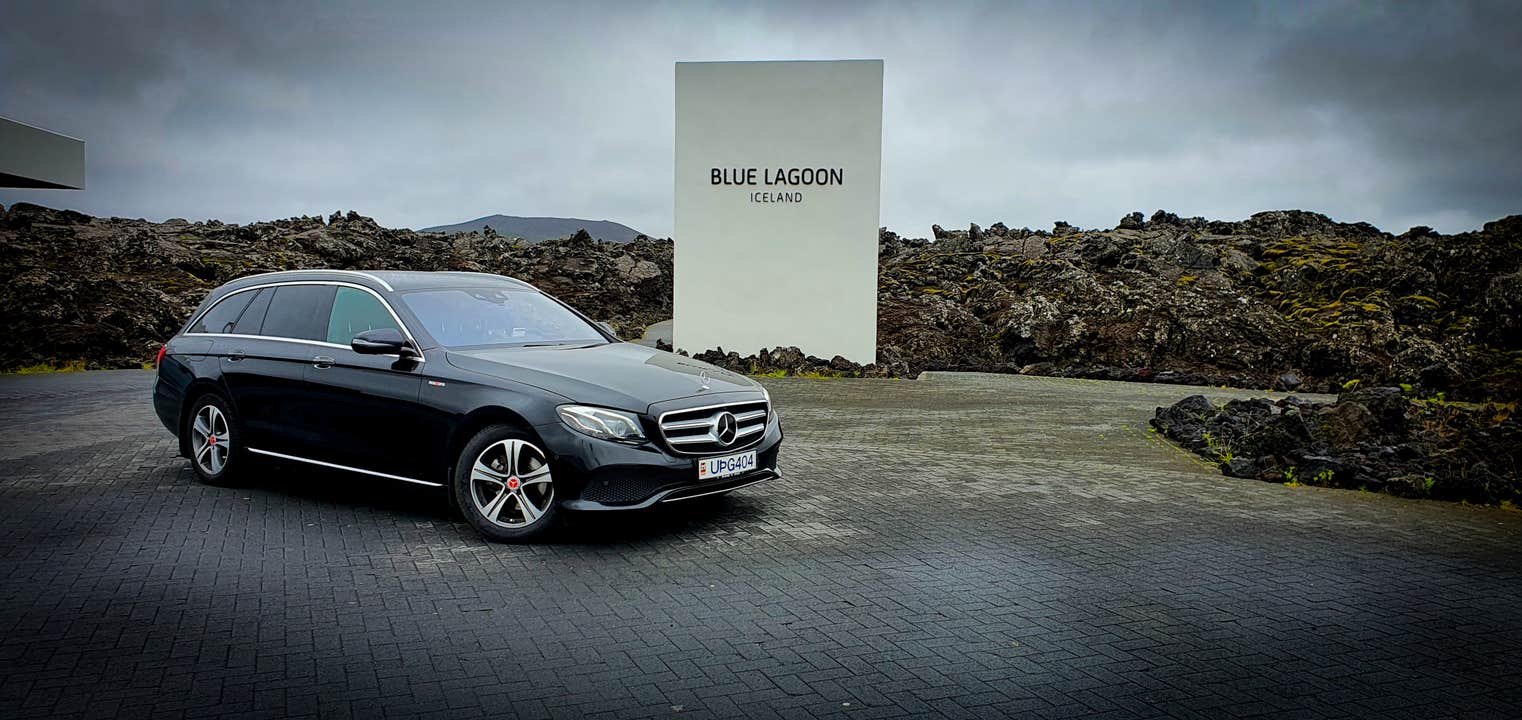Description
Summary
Description
Are you departing Iceland and need a direct transfer to Keflavik airport? No problem, we can take you. Why not travel in style these last hours on the island and book a luxurious transfer with us, where our driver will meet you at your hotel or accommodation and pick you up, he will then carry your luggage to the car and you can enjoy the trip before your take off from the airport.
We offer the service of stopping along the way to the airport if you desire. You can choose to take a relaxing bath or massage in the Blue Lagoon or visit museums in Reykjavík before departing the city. Please note that the entrance fees are not included in the tour price unless stated otherwise.
As a popular destination, entry to the Blue Lagoon often sells out fast. You can secure your Blue Lagoon ticket here to ensure a smooth experience.
We recommend booking the transfer to Keflavik airport at least 3 hours before your flight departs. When booking extra stops along the route, please add the number of hours displayed in each addon to these basic 3 hours. For example, if you want to book a layover at the Blue Lagoon, add 1.5 hours to the 3 hours and book the pickup 4,5 hours before flight departure.
Our airport transfer includes a guided tour from the pickup location of your choosing from the capital Reykjavík to Keflavik international airport. We guarantee all our client’s high standard and professionalism, and we strive to make your journey in Iceland a dream come true.
The trip is 52 kilometers approximately (32 miles) from Reykjavik capital, or about 50 minutes which you can use to relax and enjoy.
Do you need a transfer for 4 passengers or more? We also provide a bigger car that takes up to 8 passengers.
Book with us and enjoy our luxurious service, we guarantee to make your trip worthwhile.













